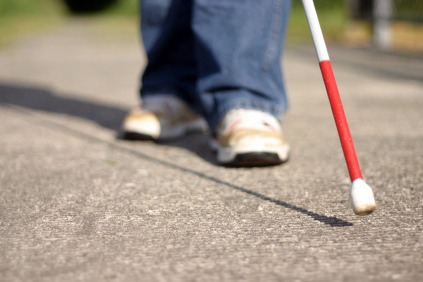An extremely infectious disease, Hepatitis A is caused by a virus which takes several weeks to disappear. The disease is, however, largely benign and is usually seen in children.
The infection tends to be mild in young children and its clinical severity increases with the age of the person affected.
Resistance
The virus is resistant to heat and chemicals and can survive in water for a long time. But, it can be inactivated by ultraviolet rays or boiling the water for five minutes.

Hepatitis A [Consultant Gynaecologist]
Patients suffering from Hepatitis are the only sources of infection. Avoid contact with the patient’s stool, blood, serum and other body fluids during the infective stage.
Period of infectivity
The risk of infection is higher two weeks before to one week after the onset of jaundice.
Virus excretion
Hepatitis A virus is excreted in the faeces and sometimes in urine for about two weeks before the onset of jaundice and for up to one week there after.
Immunity
If you get infected by Hepatitis A once, it will make you immune to the virus for life. However, there have been rare instances of second attacks.
Factors enhancing Hepatitis A infection
- Rainy season
- Poor sanitation
- Over crowding
- Poor personal hygiene.
Modes of transmission
- Ingestion of drinking water, food or milk contaminated with faecal matter.
- Direct contact with an affected person.
- Consumption of raw or inadequately cooked food such as shell fish or meat.
- Use of infected needles for blood transfusion, taking blood samples or drugs.
- It could also be transmitted by intercourse, especially anal sex.
Modes of prevention
- Isolate the patient by putting him on bed rest.
- Disinfect anything that has been used to clean the patient.
- Use disposable syringes.
- Promote personal hygiene, create awareness about purifying community water supply.
- Vaccination.










